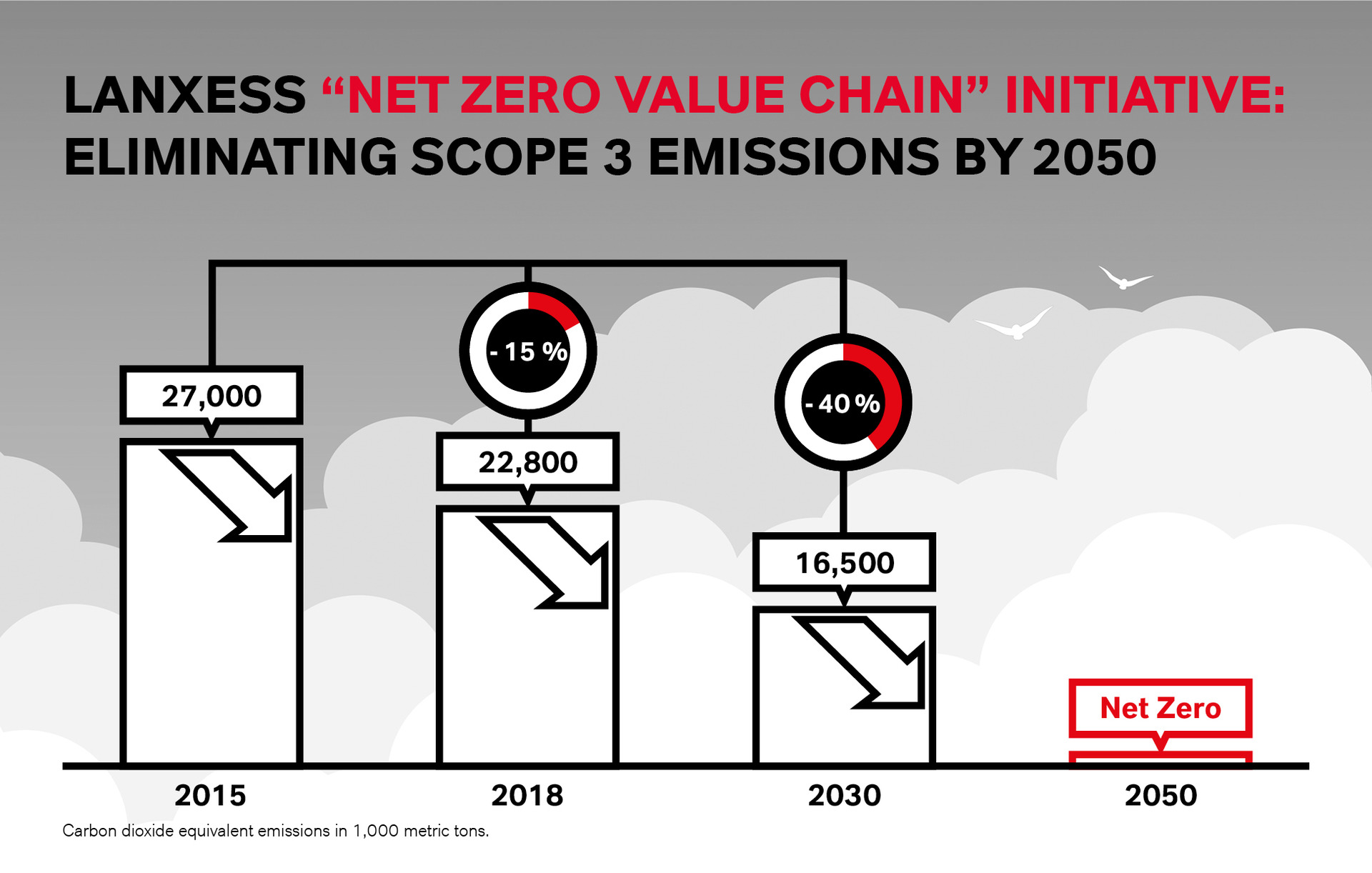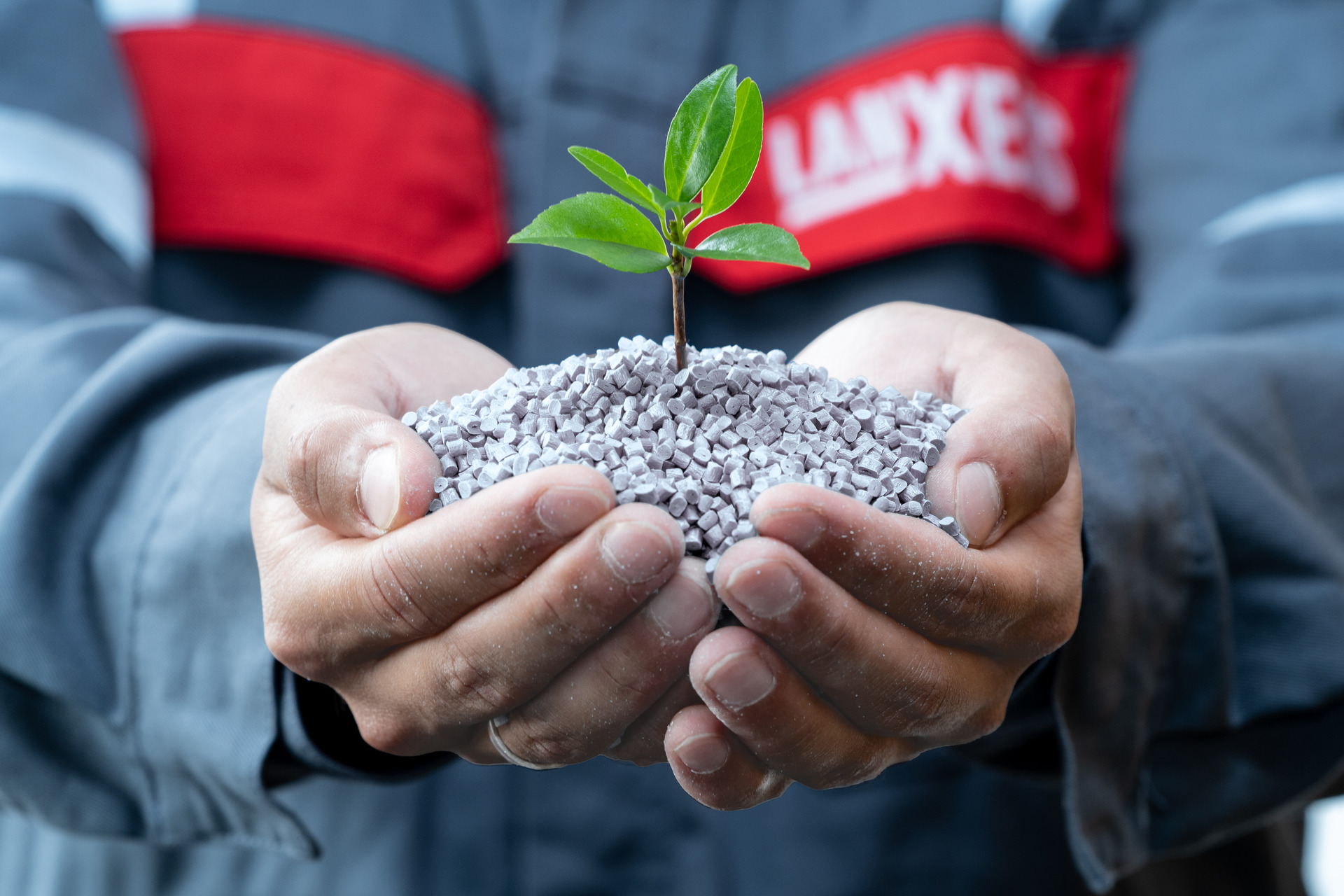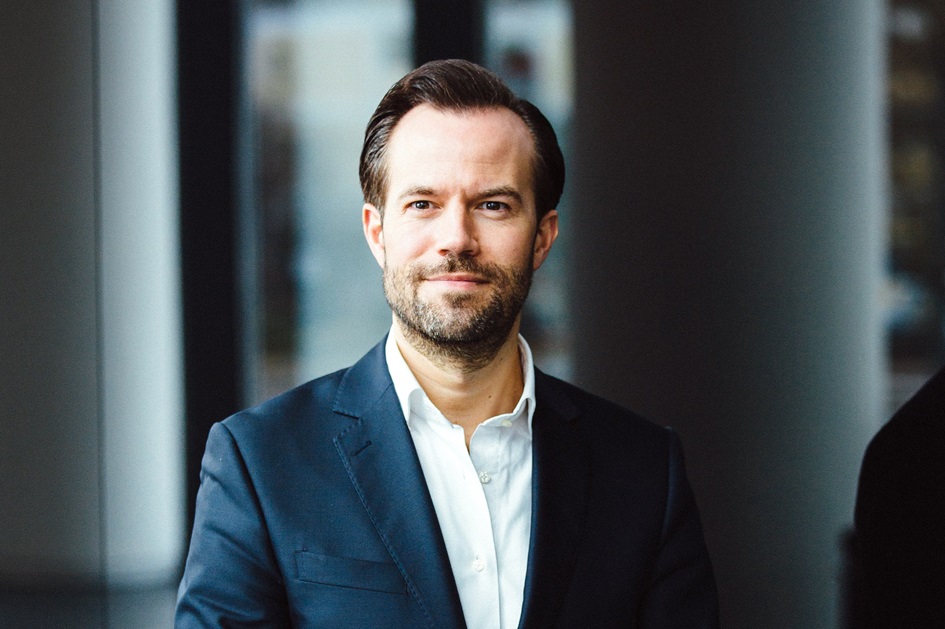
Net Zero Value Chain initiative
Entire value chain to become climate-neutral by 2050.
LANXESS aims to make its upstream and downstream supply chains climate-neutral by 2050. This includes indirect emissions, particularly from purchased raw materials, but also from logistics and end products. By 2030, Scope 3 emissions are to be reduced by 40% compared with the base year 2015, from 27,000 to 16,500 kilotons of CO2 equivalents.
"To stop climate change, our societies must transform to climate neutrality. We want to do our part. Our goal of becoming climate neutral in direct emissions and energy sourced by 2040 is already very ambitious. With the additional targets for our Scope 3 emissions, we are taking the next step together with our suppliers and customers.”
Matthias Zachert,
CEO, LANXESS
Strategy developed for a climate-neutral supply chain
To achieve its scope 3 targets, LANXESS has launched the Net Zero Value Chain Program. This strategy toward climate neutrality along the entire value chain is based on three pillars:
- Sustainable raw materials: LANXESS is realigning its raw materials purchase and is increasingly sourcing sustainable raw materials of plant origin, from a recycling process or that are produced using renewable energies. Current examples of these raw materials are sustainably produced cyclohexane for high-performance plastics under the Durethan brand or starch-based polyether polyols for prepolymers under the Adiprene brand.
- Green logistics: The CO2 footprint is weighted more heavily than before when selecting freight transport modes. LANXESS also intends to make use of innovative solutions, such as “green ships” with sustainable drive trains. Improved logistics planning is also intended to increase transportation asset utilization, optimize freight transport modes, and reduce demand for freight transport.
- Climate-neutral products: LANXESS is expanding its range of climate-neutral products and solutions with a low CO2 footprint. Since fall 2021, these products have been given the “Scopeblue” brand label. Examples include trimethylolpropane (TMP), about half of which is made from sustainable raw materials, or the composite Tepex, which is based on flax and lactic acid. In the medium term, LANXESS aims to offer low carbon and climate-neutral alternatives to all its products. The goal is to have exclusively climate-neutral products in its portfolio by 2050. LANXESS also wants to quantify the carbon footprint of all its products.






